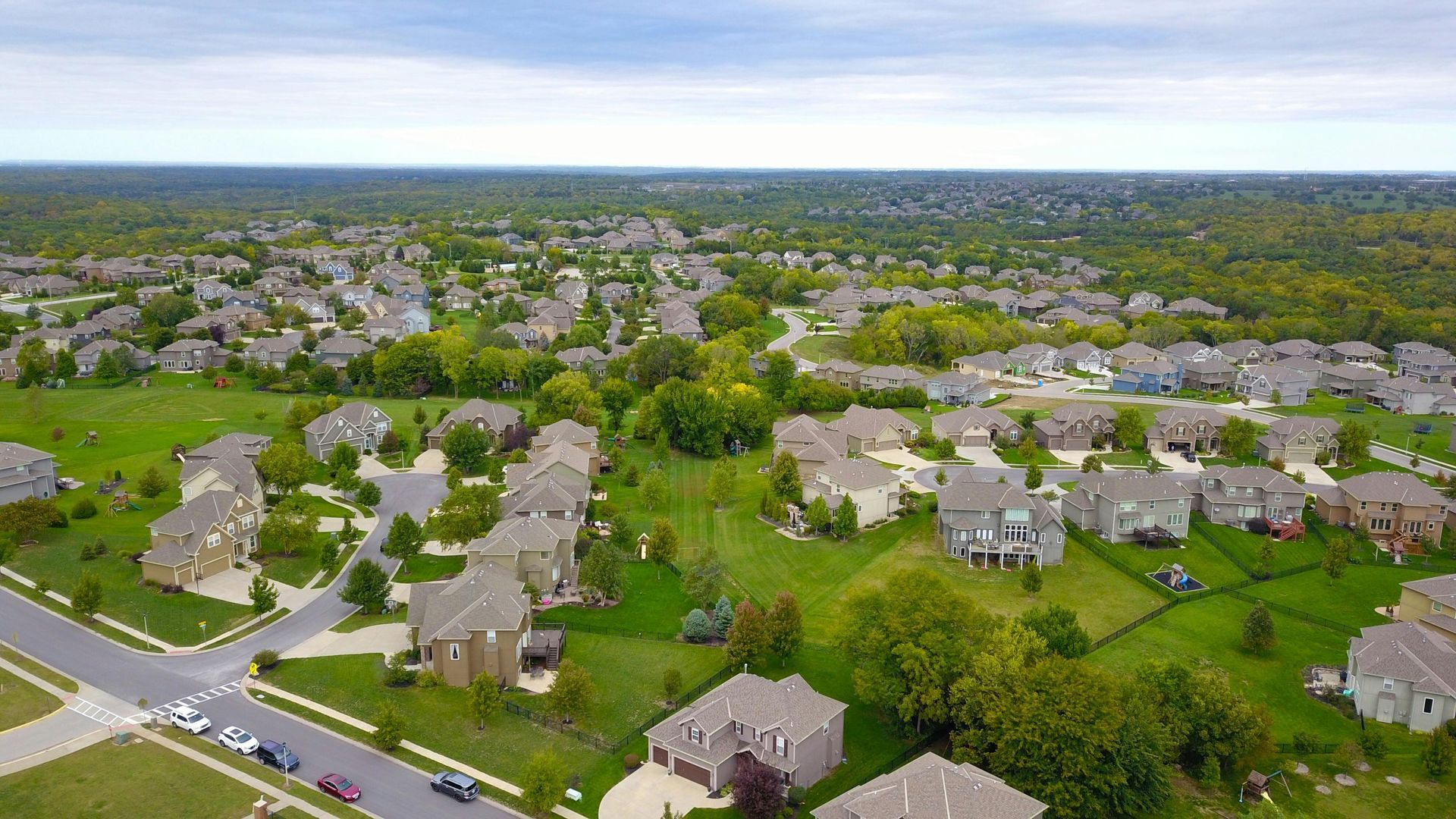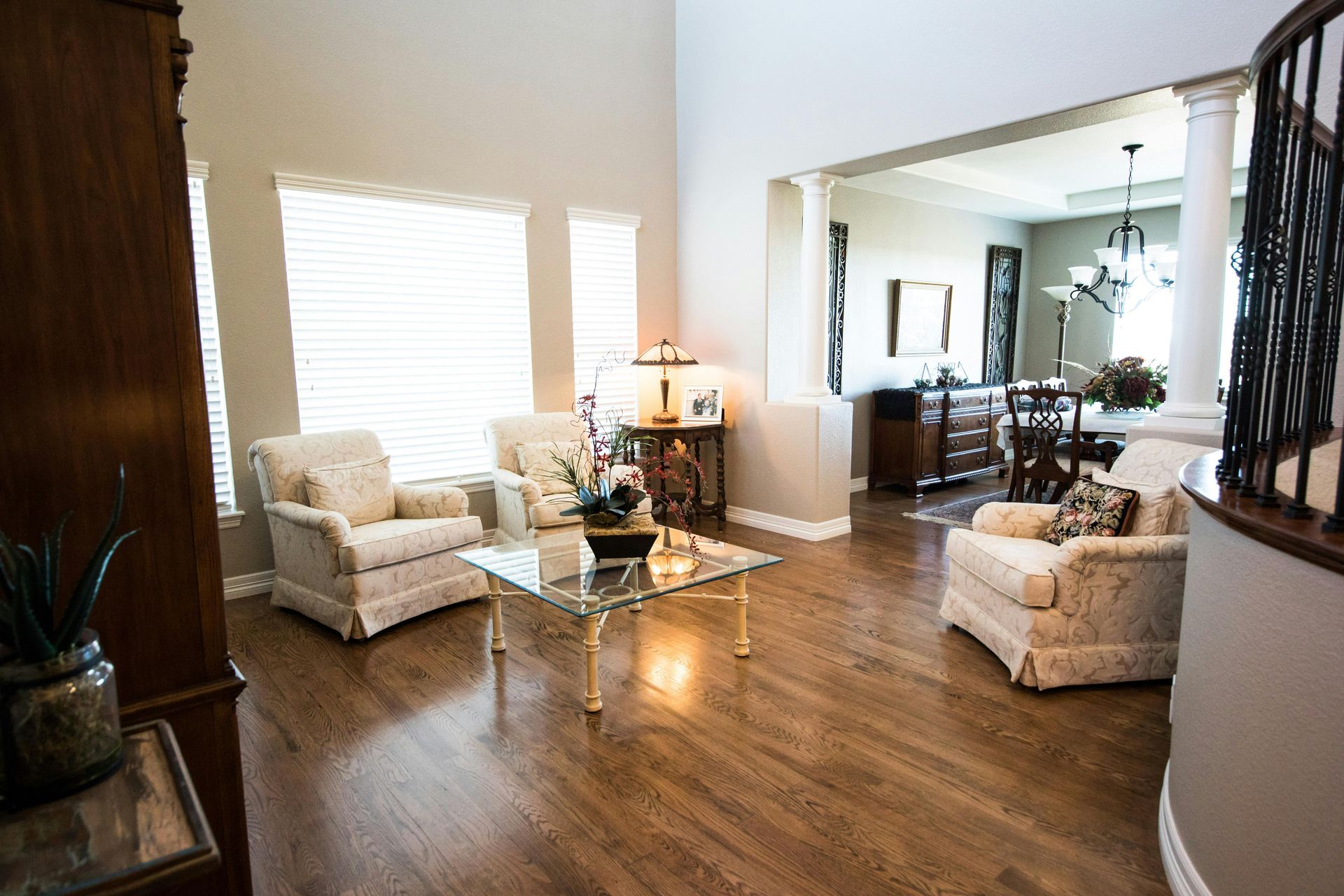Owning the premises your practice operates from is one of the most strategic long-term decisions a GP partnership can make. In 2025, this decision is becoming increasingly attractive due to rising lease costs, changes in landlord appetite, and the ongoing push to strengthen primary care infrastructure. What many GP surgeries do not realise is that lenders are more willing than ever to offer
100% finance for the acquisition of surgery buildings.
The shift is driven by significant changes in the commercial lending landscape. While sectors such as retail, hospitality, and leisure have faced tightening criteria, the healthcare sector—particularly GP surgeries—has become a fundamental priority for banks. This is largely due to the unmatched stability of NHS-backed income, the consistent growth in patient demand, and the essential nature of primary care facilities. As a result, GP surgeries now sit at the top tier of low-risk commercial assets, with lenders competing harder than ever to support acquisitions, expansions, and refinancing.
Willow Private Finance has seen considerable growth in demand from GP practices looking to purchase their premises, release equity for improvements, or support partner buy-ins. Many GPs approach us after being incorrectly told by generalist brokers that 100% finance “isn’t possible” in commercial markets. It is not only possible—it is increasingly standard for well-managed practices with strong NHS income. This blog unpacks how the funding works, what lenders look for, and how to position your practice for the best result in 2025.
Market Context in 2025
Primary care is under enormous pressure to expand capacity, increase accessibility, and modernise facilities. This structural demand has transformed GP surgeries into one of the most robust property categories for lenders. Unlike retail units or office buildings—where future demand is uncertain—GP surgeries operate at the centre of community healthcare provision. Rising patient numbers, an ageing population, and policy commitments to expand primary care services all feed into long-term demand for well-located surgeries.
In 2025, banks recognise that the income supporting GP surgeries is not only stable but government-backed. The NHS reimbursement structure, combined with long-term leases, provides a level of security rarely found in commercial lending. This has led lenders to actively pursue opportunities to support GP practices, particularly where premises form a critical part of long-term service delivery. Against this background, lenders remain comfortable stretching to 100% finance for acquisition, refurbishment, and consolidation, provided the practice demonstrates financial stability and operational continuity.
How 100% GP Surgery Finance Works
The ability to borrow the full value of the surgery is rooted in how lenders assess risk within the primary care sector. Unlike conventional commercial properties, GP surgeries benefit from a unique covenant: NHS-backed income. Lenders interpret this as one of the strongest indicators of repayment reliability, often placing it close to public-sector creditworthiness. This dramatically reduces the perceived risk of lending at high loan-to-value ratios.
In addition, GP surgeries typically have long-term, secure occupancy structures. Partnerships rarely relocate, new premises are difficult to secure, and the patient list is inherently tied to the surgery's location. This permanence strengthens lender confidence. Strong clinical performance, consistent patient demand, and predictable revenue streams provide lenders with a robust financial foundation from which to justify 100% lending.
Another factor is the valuation methodology. Surgeries are often valued not just on the basis of property condition, but also on the stability of the income associated with them. This income-based valuation approach, coupled with the operational goodwill of the practice, creates a strong security position. In many cases, lenders also have the option to take additional charges over NHS reimbursement income or partnership obligations, though these mechanisms are usually only lightly applied. Together, these elements create a lending environment where full-value funding is a realistic and achievable outcome.
What Lenders Are Looking For
Even where 100% finance is available, lenders assess several key aspects before approving an application. One of the most important is the financial performance of the practice itself. Lenders review historic accounts to evaluate revenue mix, partner drawings, staffing costs, and overall profitability. Practices that show consistent financial stability across several years tend to unlock the most favourable terms.
Lenders also study patient list data. A stable or growing list signals long-term demand and reduces the risk of financial pressure in the future. Demographic trends play a key role here; practices in areas with ageing populations, expanding housing developments, or strong community healthcare demand often benefit from heightened lender appetite.
The premises themselves must also meet professional standards. Banks look for surgeries that are suitable for long-term clinical use, compliant with CQC expectations, and structurally capable of supporting the needs of modern primary care. Where refurbishment is needed, lenders are often happy to provide additional funding—sometimes above the acquisition cost—provided the underlying case is strong.
Finally, lenders look carefully at partnership structures. They want to understand how the partnership operates, how profits are shared, whether partners are retiring soon, and whether new partners are expected to join. Clear stability and continuity within the partnership significantly strengthen the application.
Challenges GP Practices Face
Although the lending environment is favourable, GP partners often encounter challenges when seeking 100% finance. A common issue arises from misunderstandings about commercial lending. GP surgeries are not evaluated in the same way as office buildings or retail premises, yet many GPs are given advice as if they were. This leads to unnecessary doubt or missed opportunities, particularly around full-value lending.
Another challenge is the complexity of partnership structures. GP practices often involve multiple partners with differing roles, retirement timelines, and income arrangements. Presenting this information clearly is vital. Without proper structuring, lenders may take longer to understand the partnership's sustainability, delaying or weakening the application.
Valuation is another area where practices encounter friction. Surgeries require valuers experienced in healthcare property, and using general commercial valuers can produce inaccurate or reduced valuations that limit borrowing capacity. In addition, timing issues frequently arise when practice ownership changes coincide with partner retirements or NHS contract updates. These transitions need to be managed carefully so lenders receive consistent and up-to-date information.
Smart Strategies and Solutions
The most successful GP surgery purchases in 2025 are those that present a clear, strategically packaged case to lenders. One effective approach is ensuring the application focuses on the strength of NHS income. Lenders respond particularly well when the case narrative clearly explains the contractual security, operational significance, and financial reliability of NHS-backed funding.
Another strategy is aligning acquisition with planned improvements. Many surgeries choose to modernise their buildings at the same time they purchase them. When packaged correctly, lenders often provide additional funds above the purchase price for refurbishment, expansion, or compliance upgrades, all under a single loan facility.
Partnership clarity is also essential. Lenders appreciate a well-organised partnership structure with clear income distribution, governance, and succession planning. Preparing this information in advance reduces friction and strengthens lender confidence. For practices needing short-term liquidity during refurbishment or expansion phases, our article
Unlocking Capital with Bridging Loans explains how bridging solutions can support longer-term development strategies.
Case-Type Insight: How 100% Funding Is Achieved
A typical full-value funding structure might involve a GP practice purchasing its existing surgery for £1.4 million. The practice has a long-term NHS lease, a stable patient list, and partners with strong financial credentials. A specialist healthcare lender assesses the practice’s accounts, examines the patient demographics, reviews the NHS contract, and evaluates the suitability of the building for ongoing medical use.
Because the income is secure and occupancy is guaranteed, the lender becomes comfortable offering full-value borrowing. In many cases, they may even include an additional facility for refurbishment or development. The loan is often provided on a long-term amortising basis, with straightforward security arrangements centred on the building and the practice’s income position. No extraordinary guarantees or heavy collateral structures are typically required when the underlying case is strong.
Outlook for 2025 and Beyond
The lending outlook for GP surgeries remains extremely positive. As healthcare demand increases and the NHS continues to support primary care growth, lenders remain eager to finance surgery premises. The combination of demographic trends, government-backed income streams, and essential service delivery positions GP surgeries as one of the most stable and attractive commercial assets in the UK.
This environment means 100% finance is likely to remain available throughout 2025 and beyond, particularly for practices with strong operational and financial performance. GP partnerships that secure their premises now benefit from long-term stability, increased control over their working environment, and the potential for future equity growth as demand for healthcare assets continues to strengthen.
How Willow Private Finance Can Help
Willow Private Finance specialises in structuring high-value, complex property finance for GP surgeries across the UK. We work directly with specialist healthcare lenders, private banks, and whole-of-market providers who offer 100% financing for strong practices. Our expertise allows us to manage every stage of the process—from analysing financial performance to preparing the application, coordinating valuations, structuring the lending narrative, and negotiating terms.
For GP partners seeking to acquire premises, release equity, support partner buy-ins, or fund refurbishments, we deliver tailored solutions that reflect the unique needs of primary care practices. Our track record in healthcare lending ensures applications are packaged in a way that maximises lender confidence and secures the most favourable outcomes.
Frequently Asked Questions
Q1: Is 100% finance for GP surgeries genuinely available in 2025?
Yes. Many specialist lenders actively offer full-value funding for strong GP practices with stable NHS income and reliable financial performance.
Q2: Will I need to provide personal guarantees?
Most lenders require limited guarantees, but the primary security usually comes from the surgery premises and NHS-backed revenue.
Q3: Can new partners buy into the building using 100% finance?
Yes. Several lenders support partner buy-ins with full or near-full value lending, depending on financial performance and partnership stability.
Q4: Can I borrow for refurbishment as well as acquisition?
Yes. Lenders are often willing to include refurbishment, fit-out, or extension costs within the same lending facility.
Q5: What documents will lenders expect?
Accounts, partnership agreements, NHS contract information, patient list data, and property details are typically required, though exact requirements vary by lender.
📞 Want Help Navigating Today’s Market?
Book a free strategy call with one of our mortgage specialists.
We’ll help you find the smartest way forward—whatever rates do next.











